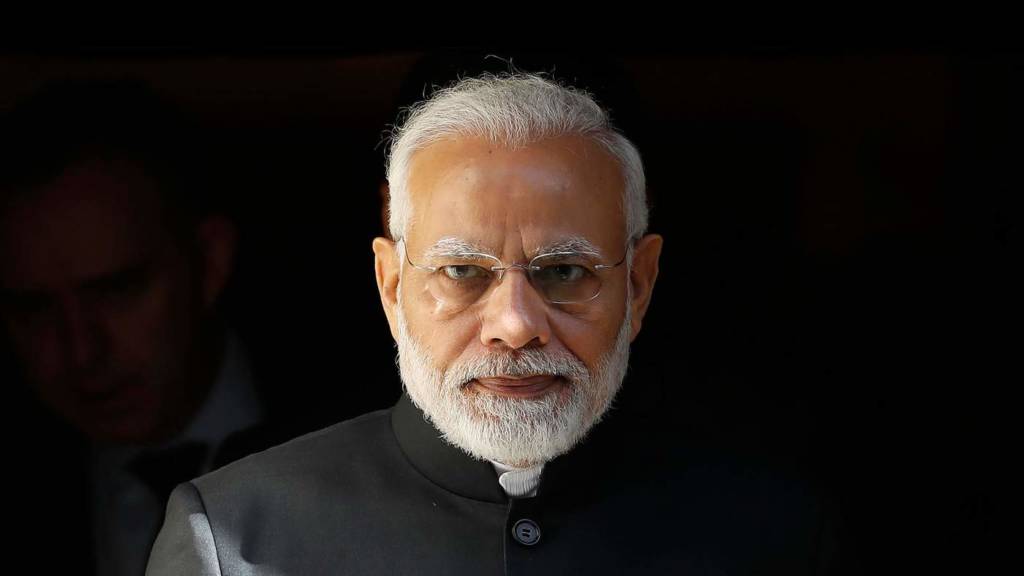For more time of the global history than not, India had been the largest economy in the world. Even when the British came to India to trade, the country accounted for more than a quarter of the global economy and a large share in global exports. Indian export to the Roman world was so dominant that India had more Roman coins than the treasury of the empire. India exported agricultural products like cotton, spices, muslin, wool to the Roman Empire in large quantities. However, the British crushed the indigenous industry to give space for the companies in Britain and took over exports.
Later, an under-confident independent India chose Nehruvian socialism, which suppressed the economic aspirations of the Indians for another four decades. However, economic liberalization gave Indian entrepreneurs the opportunity to capitalize on the global market, and, in the last three decades, they succeeded. Today, Indian service sector companies employ millions of people around the world and provide solutions to most complex global problems, be it anything from Information technology to finance.
But, the economic liberalization of 1991 opened only the services sector and to some extent, industries. Agriculture sector–an integral part of the Indian economy which employs more than half of the workforce–remained in the clutches of bureaucrats and over-regulated.
The three farm laws, which were promulgated as ordnance in June and later passed as bills in the monsoon session of the parliament, opened up the agriculture sector. It was a 1991 moment for Indian agriculture, and the entrepreneurs responded very positively to the government’s move.
As per data from the Ministry of Corporate Affairs, the number of new companies registered in Agriculture and allied sectors grew by 35 per cent in the first eleven months of the ongoing calendar year, when compared to the same period with the last year. Moreover, most of these companies were registered between June and November.
With the opening up of the Agricultural sector and entry of a large number of corporates, the Indian agricultural products are set to storm Western civilization as they did during the Roman Empire. The government in Europe and the United States protect their agro-processing companies from foreign competition through “non-tariff barriers”. Given the fact WTO prohibits the countries from giving subsidies of more than 10 per cent of produce value, the Western countries make the entry of Indian products tough through “standard” and “quality” barriers.
For example, in 2014, the EU banned Indian mangoes and vegetables–on the basis of selective tests–because they were contained by pests. “There may have been a few isolated cases in the past, but the way to deal with such a situation is through a discussion. What we have got now is a punitive solution that does not bode well for the larger economic relations between the two sides,” said the then FICCI president Siddharth Birla. Similarly, many Indian dairy products are banned in European and American market for superficial reasons.
India produces many products of superior quality and at lower prices compared to Western companies but these products do not get an entry in the Western market due to various ‘superficial’ non-tariff barriers which are imposed only to protect domestic companies. The small corporations or MSMEs which are involved in agricultural exports are not able to navigate through these barriers because they lack capital and human resources to game the system.
The agricultural exports already grew by 4.6 per cent in the first half (April-September) of the fiscal. It has been less than six months since the farm bills came into place and there is already a better than expected response in terms of registration of new players as well in terms of exports.
Once the big corporations make entry into farming, they would incentivize the farmers to produce as per export suited norms, and also navigate through the European and American bureaucracy to ensure that agricultural products are exported.
